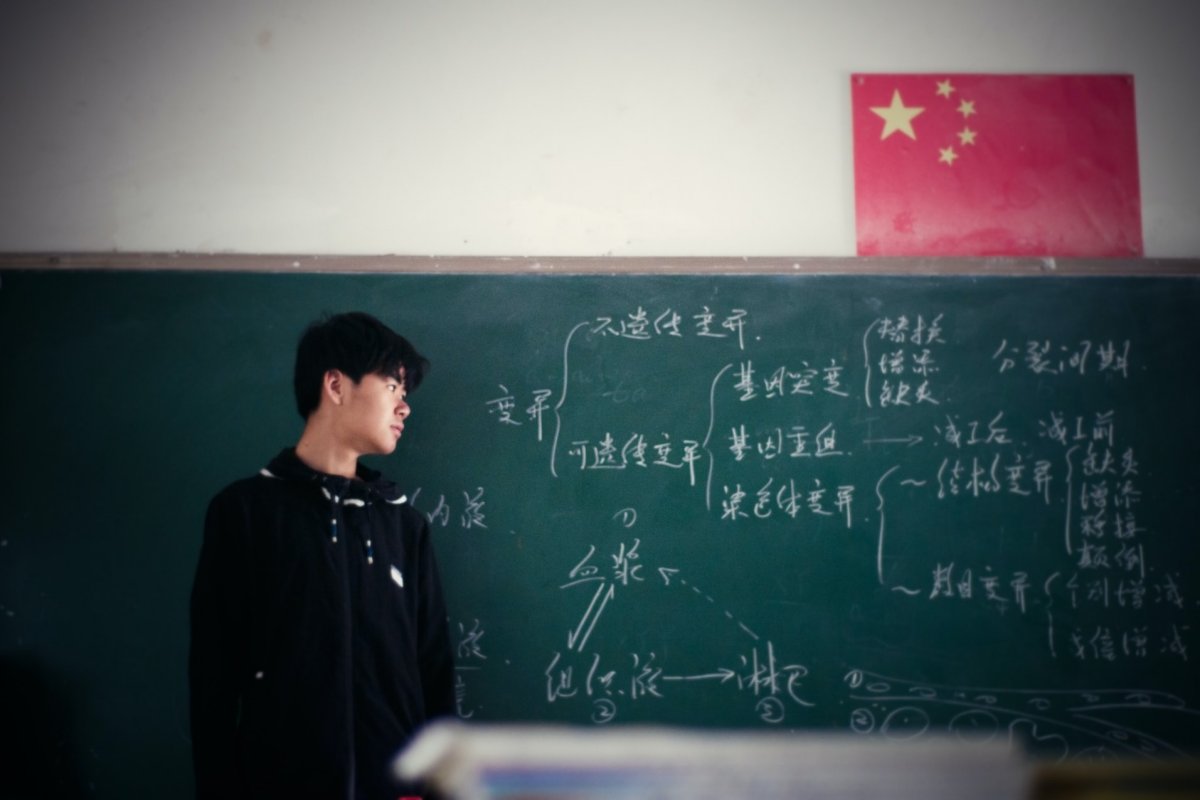40 Japan Education System Facts (all about school in Japan)
Did you know that Japanese pupils clean their school themselves? Or that they all eat the exact same food at school?
Discover everything through these 40 interesting Japan education system facts! 🇯🇵 🎓
The Best Facts About Schools in Japan
Japan is an island country in Asia. It is located in the eastern part of the continent, and it is surrounded by the Pacific Ocean. Its capital city is Tokyo, which has a bit more than 13,960,000 inhabitants (but more than 37,465,000 if you include the metropolitan area!).
An interesting part of the country that I wanted to tackle is its education. In light of that, I have listed my 40 best facts about the Japan school system, and I hope you will love them:
1. Education has always been important in Japan
You probably know that already, but education is very important in Japan.
In fact, it has been for a very long time! A public education system was established in the late 1800s, which largely increased the country’s literacy rate. Today, 99 percent of Japanese people are literate.
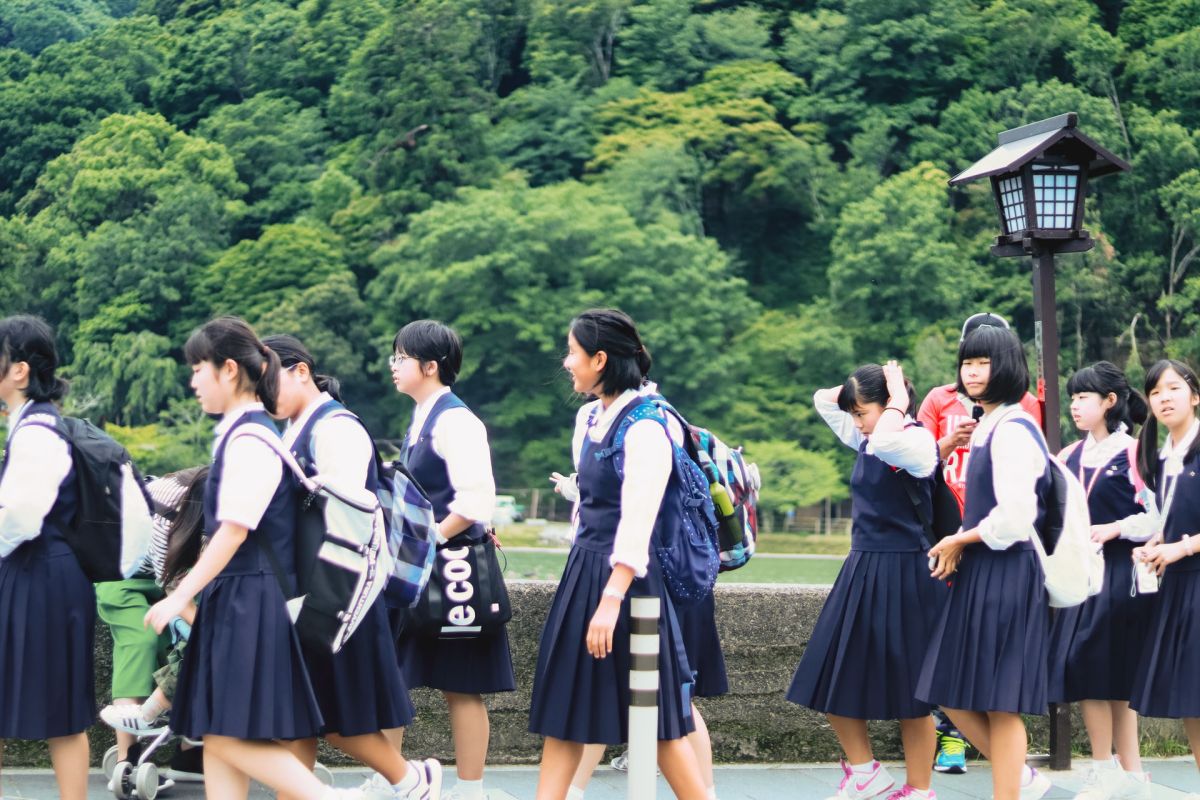
2. The Japanese education system is similar to the western ones, but it is still unique
When you think about it, there are quite a few similarities between schools in Japan and western schools. For instance, uniforms, exams and grades are all equivalent.
However, you will quickly realize that the Japanese school education is quite unique and it is the stepping-stone of such a safe and efficient society.
3. There are no janitors in Japanese schools
You might not even think of this as possible, but Japanese schools do not depend on janitors to stay clean.
Instead, students are the ones that clean every single part of their school, even the toilets. The staff is no exception, as everyone from teachers to the principal join together in cleaning.
4. There is a dedicated cleaning time every day in Japan
But, if students need to clean their whole school every day, when do they have time to do it? Well, there is a designated time for that, called “souji”.
Some pupils wear bandannas, and some others sit in silence for a few minutes and meditate before the cleaning starts.
5. Japanese schools teach their children everything they need to live in society
Everything is thought-through in Japanese schools. All they do is aimed at teaching children how to live in society, how to respect others and how to have healthy habits.
Even small ideas like never hiring someone else to clean up the school are drastic changes compared to other schools in the world.
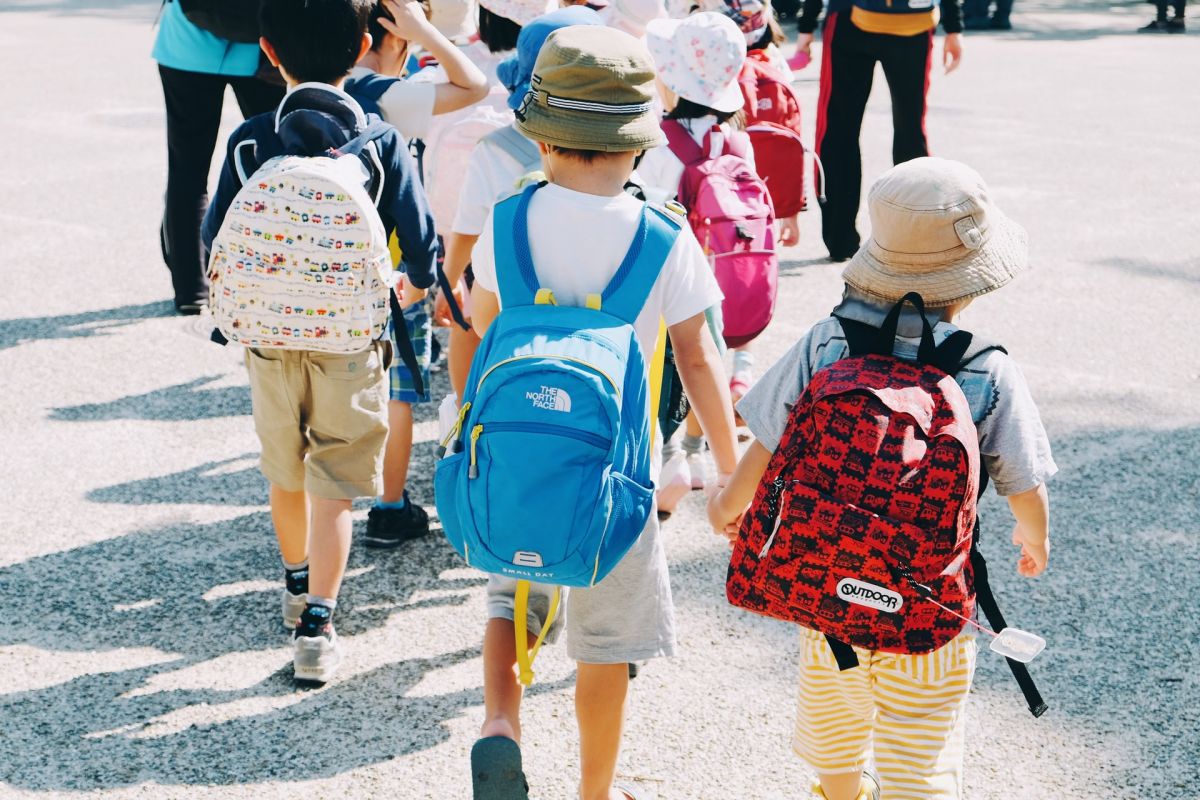
6. No one stops working during school vacations in Japan
Except maybe during national holidays, no one in Japanese schools stops working. Yes, even teachers!
In fact, teachers still need to go to school during holidays to keep up with their responsibilities. Besides, they will often supervise student clubs and other activities during the vacation period.
7. Japanese schools are clean for a good reason
If you have ever seen a Japanese school, you know what I am talking about: these schools are extremely clean.
Well, there is a very good reason for that: students are simply not allowed to wear outdoor shoes inside the school, they all have a pair of separate indoor shoes!
8. Japan is the land of harmony, especially in schools
One of the most unique aspects of Japan is that it strives for having a very harmonious society, where everyone performs at the same level.
Opposite to what you can hear in western countries, where individualism is rewarded, Japanese people have a well-known saying: “hammer the nail that sticks out”.
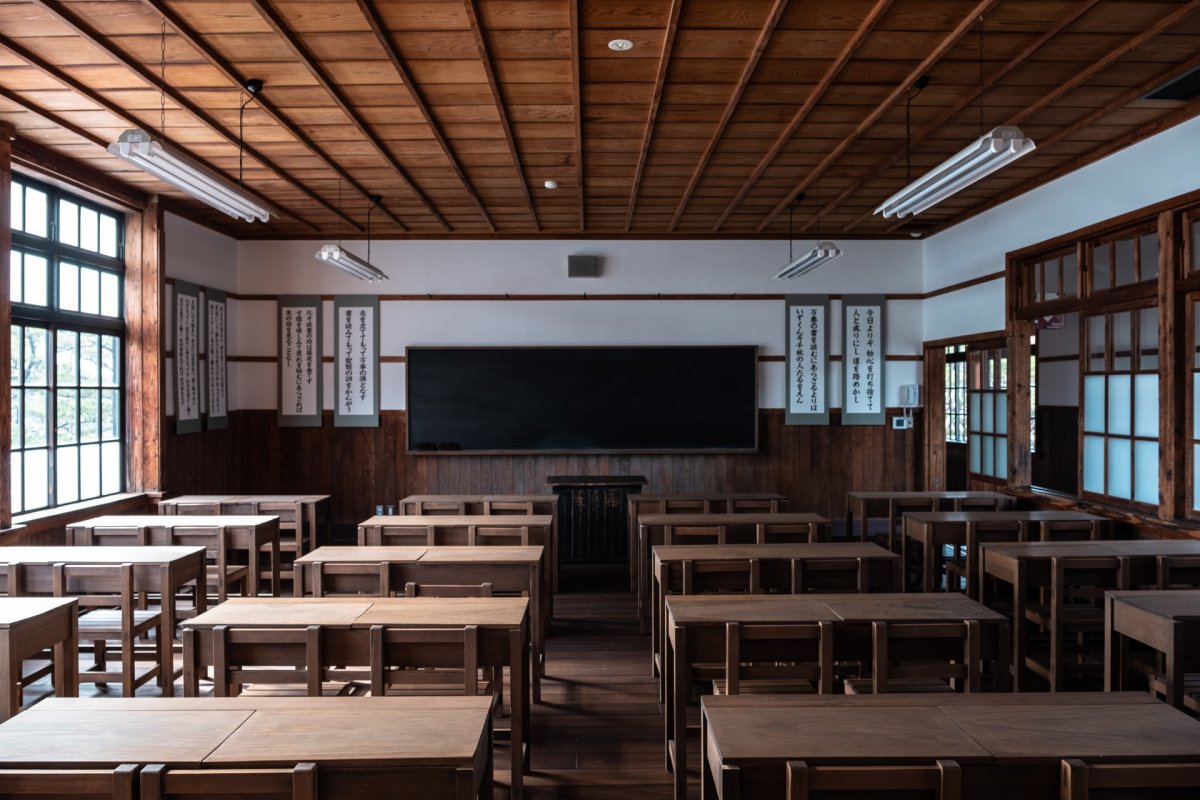
9. Every student has the same schoolbag in Japan
Not only are uniforms the same for everyone in Japanese schools, but students also have the same backpack, with the emblem of their school as well as reflective stripes. Because yes, most students come back home late at night, either by bike or on foot.
10. Japanese students need to look similar, and always represent a unit
Again, Japan makes sure that every one of its students is similar. It is really important to the country to have a united group, specifically in school.
Because of this, rules are quite strict: no one can dye their hair, or wear piercings or tons of makeup in Japanese schools.
11. There are club activities both before and after school in Japan
For the students who chose to be part of sports clubs, there are activities both before and after class, every day.
This is yet another thing to add to students’ schedules, which are already quite full, but they happily participate, and they are very proud of what they are doing in fact.
12. Being part of a sports club in Japan is a lot of hard work
Not only is performing well in sports quite demanding, but Japanese pupils who choose to join a sports club need to be aware that it is very intense.
Because school is already fast-paced, and they add morning and afternoon club activities on top of that, they rarely rest and need to be committed.
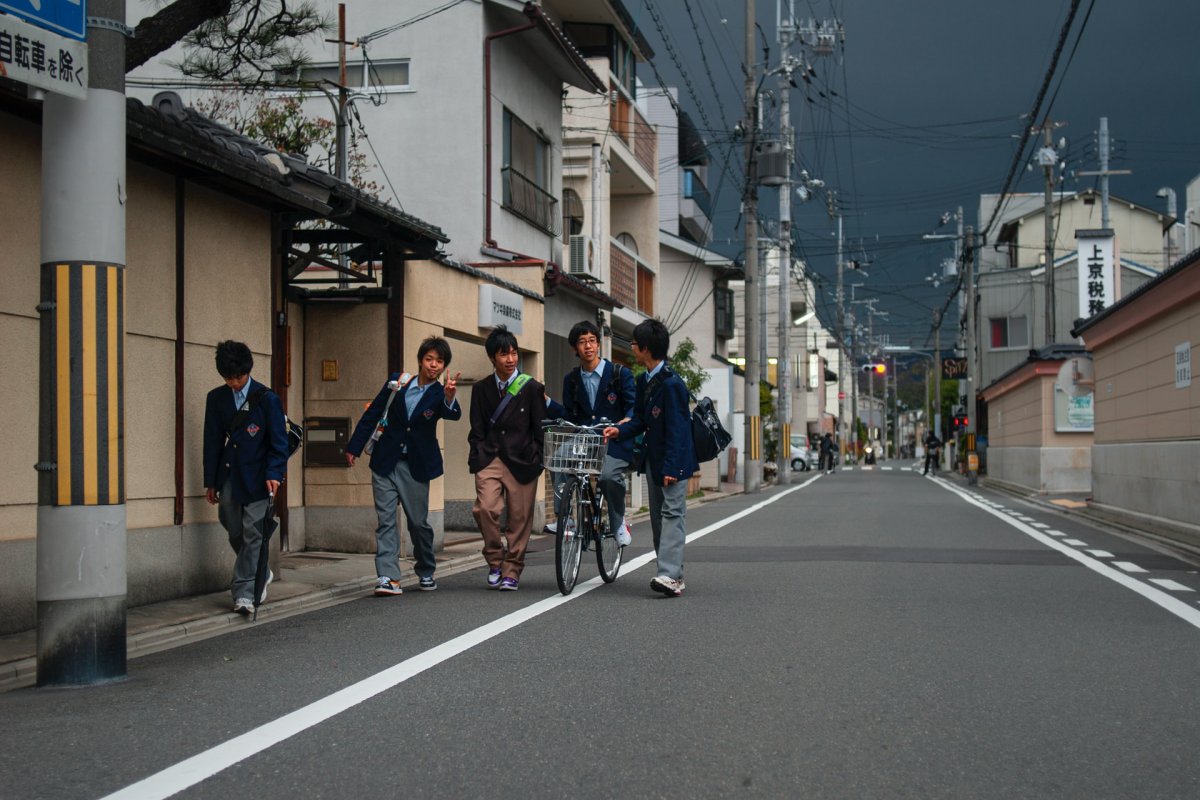
13. Japanese sports club members are often very tired
As you know, Japanese sports club members have their activities both before and after school.
This means that they will often be very sleepy and tired in class… as well as sweaty, since some activities require students to run for miles.
14. Despite how hard it is, clubs are vastly popular in Japan
You know now how hard it is to be part of a club in Japanese schools.
Despite all of this, students are very committed to them, and these clubs are extremely popular. Most students are involved in one activity or another, and all of them are very proud of their club.
15. Japanese students sleep during their classes
Good news to all sports club members who are constantly tired in class: they can sometimes sleep in their classrooms!
This is not a specific right, it is just possible thanks to the empathy of teachers, who know just how tired these pupils are.
16. Every student is sleepy in Japan
While sports club members are physically tired because they spend a lot of time on their activities, every student is (at least) a bit tired in Japan.
There are assignments during holidays, school clubs during the weekend and many students also take extra classes.
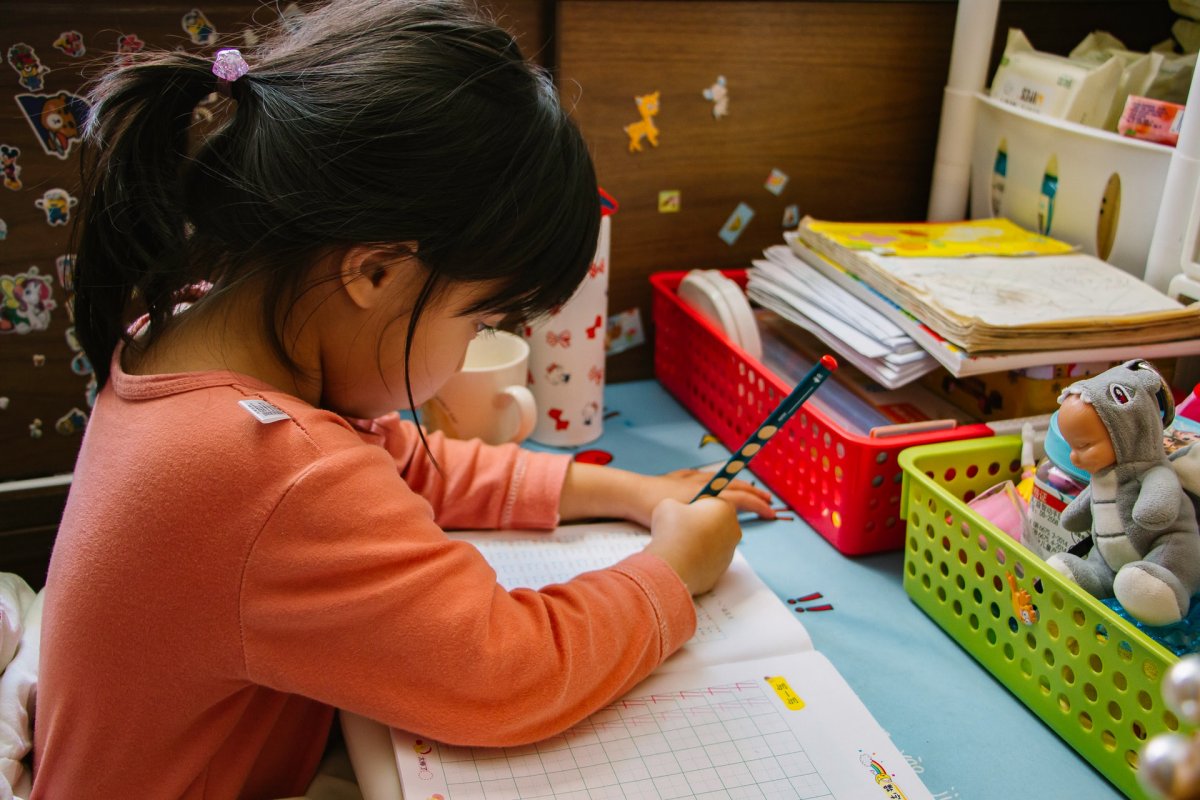
17. Almost no one drops out of high school in Japan
In third-world countries, dropout rates are a generally huge problem. In western countries, these are quite low but still significant: in the United States, the average high school dropout rate is 4.7 percent.
In Japan though, not many drop out of high school: only 1.27 percent!
18. Japanese schools are old-fashioned
The country of Japan is known in the whole world for its prowess in technology and science. Because of this, you might expect schools to be very high-tech… but that is far from being the case.
Japanese pupils still use pen and paper most of the time, even though technology is slowly finding its way into the system.
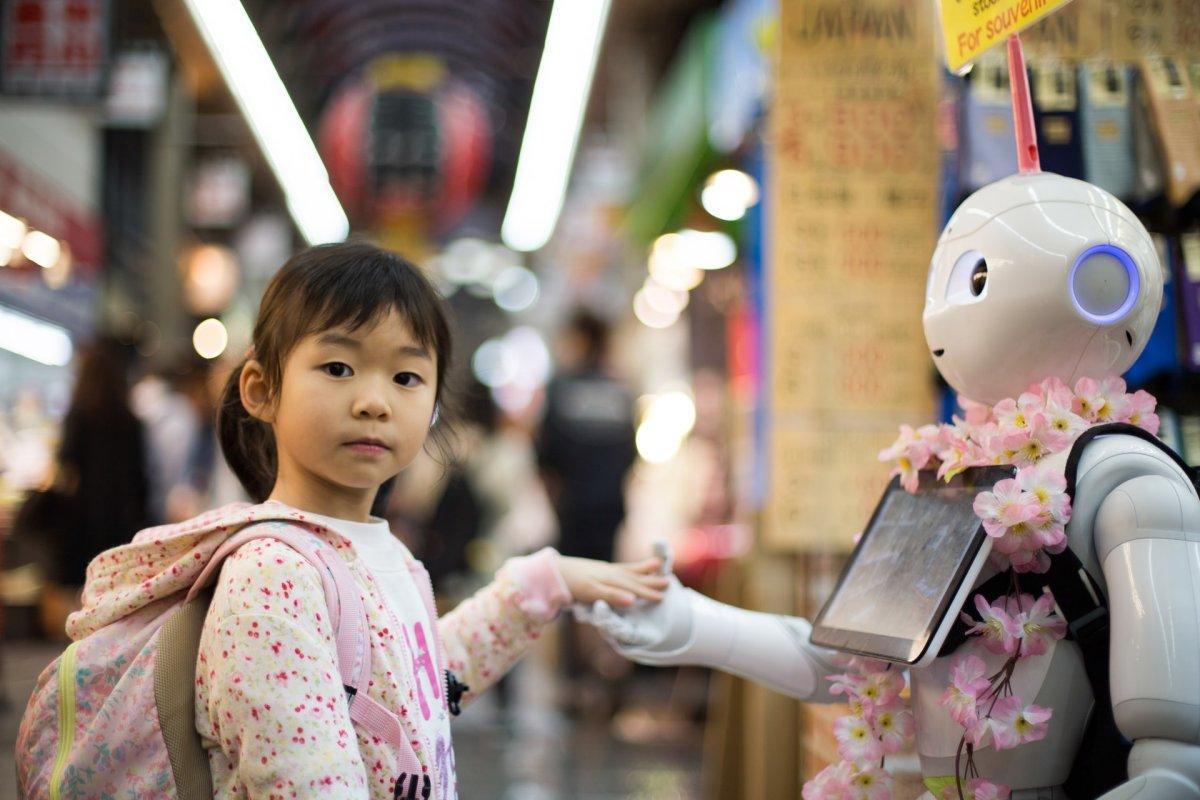
19. High-tech equipment is not always up-to-date in Japan
Even though technology is slowly on the rise in the Japanese education system, many schools are still far from being up-to-date.
There are many outdated CD players and printers, and lots of schools still use fax machines. Very surprising, considering Japan’s reputation in terms of technology.
20. Japanese classrooms often feel too hot… or too cold
Generally speaking, Japanese schools try to save as much money as possible.
For that, they use electric fans instead of air-conditioners, which is most of the time not enough to fight the heat of summer. Winter is even worse though: there is no central heating, and schools use kerosene heaters instead.
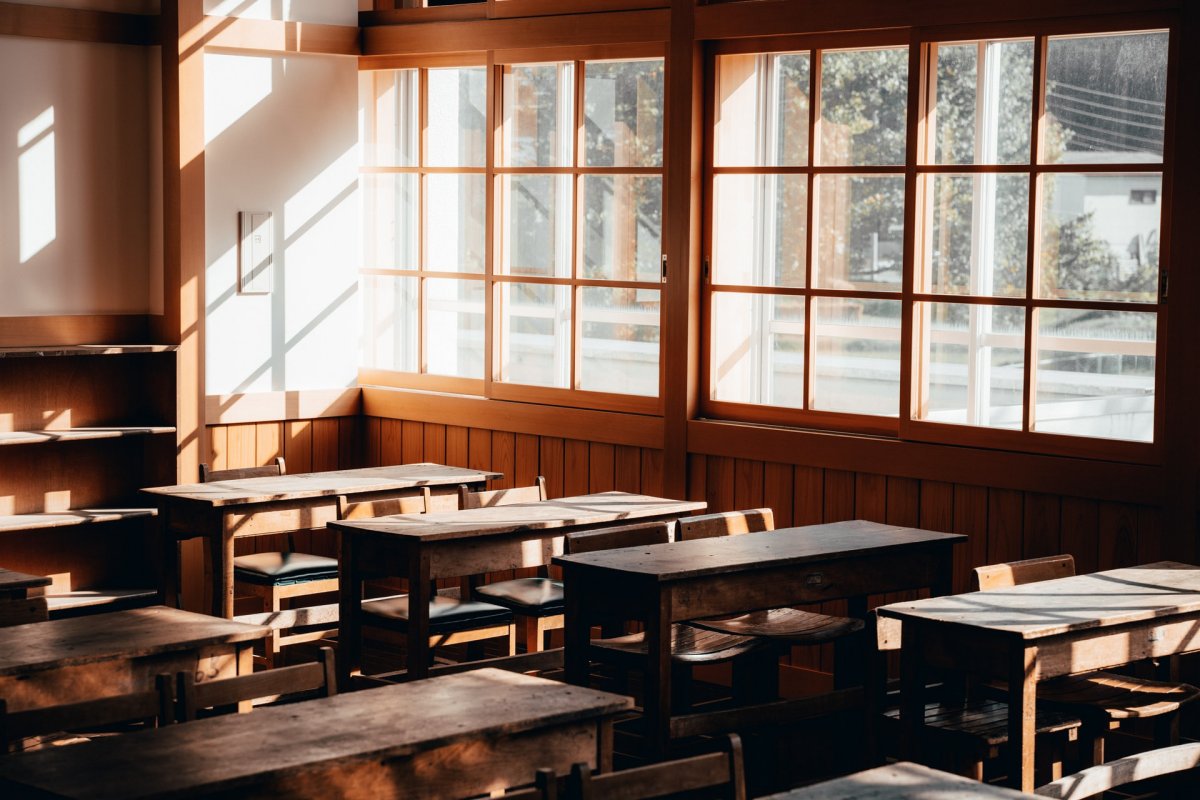
That’s it for the 10 first best facts about Japan schooling. There is still a lot to discover though, so don’t go anywhere!
More Japanese Education System Facts
Japan is definitely a unique country, and its education system is no exception.
Because of this, I have decided to add 10 extra Japanese education system facts, and I hope you will learn something:
21. Japanese teaching materials are very traditional
In most countries around the planet, whiteboards are vastly seen as the best material to teach children.
In Japan, textbooks are still the main focus, even though technology is on the rise. Older Japanese schools have no choice but to have renovations.
22. Japan is one of the best countries in the world for equality in education
You already know that Japan is heavily focused on providing education for all. But did you know how well it performed on an international level?
Well, Japan is one of the best countries in the world in education equity: there is only a 9 percent variation resulting from students’ backgrounds.
23. In Japan, teachers move a lot, especially at the beginning of their career
In most education systems, teachers are hired by individual schools.
In Japan, it is prefectures that assign teachers to the schools that need them most. Also, these teachers will move a lot during their career, especially at its beginning (around every three years). This allows them to work in different environments and to learn from everyone.
24. The Japanese government barely spends anything on its education system
The large success of the Japanese education system is not due to the government’s spending: only 3.2 percent of its GDP is spent on education.
They build simple schools over decorative ones, have no need for janitors, and use paperback textbooks.
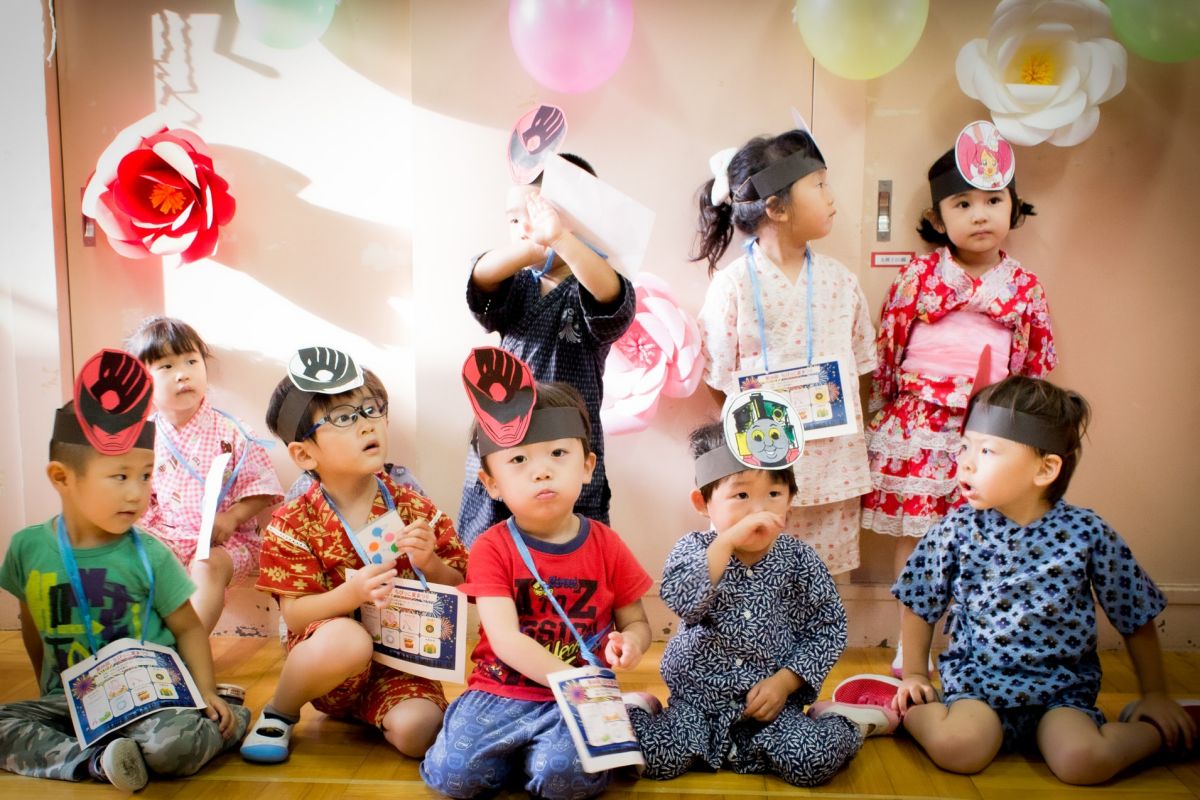
25. Becoming a teacher in Japan is extremely difficult
Education is a major pillar of Japanese society. It is where every person in the community starts to learn about how their society works.
And because of this, teaching in Japan is very hard: the entrance exam is difficult, but passing it results in job security until the age of 60, as well as a stable salary and a guaranteed pension.
26. Teachers work very hard in Japan
Not only do Japanese teachers need to work very hard during their studies, but they are also required to put in a huge amount of personal energy.
Teachers in Japan often work 12 to 13 hours a day, and some of them even work until late at night.
27. Japan focuses on problem-solving rather than simply learning
One of the most controversial teaching methods of many western countries is that they simply want their students to learn what will be on the test.
Japanese schools chose to focus on problem-solving instead, and emphasize critical thinking. This way, students are able to solve problems they had never heard of before during their tests.
28. Japanese teachers collaborate together very often
As you know, Japanese teachers are very committed to making their country a better place and teaching their pupils as best they can.
For that, they often collaborate with other teachers, presenting them with their new lessons and asking to receive feedback.
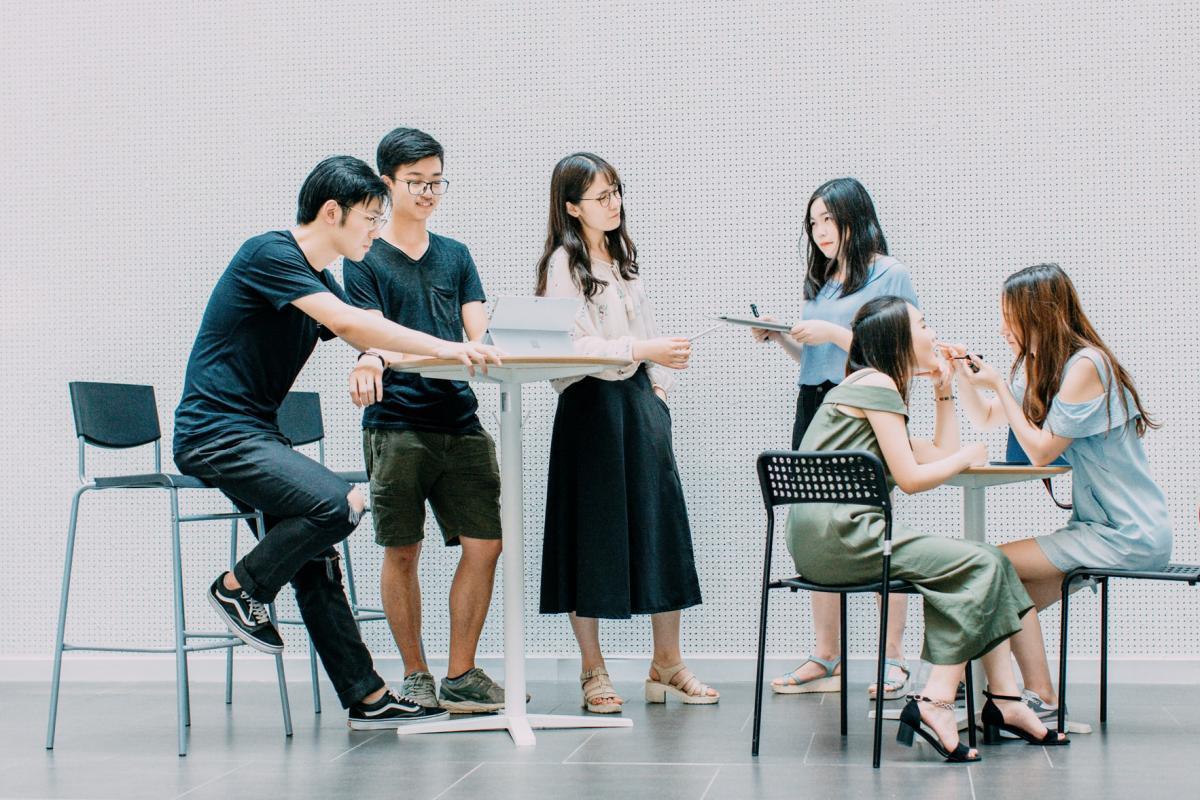
29. Teachers also work to help their school outside of the classroom
Teachers in Japan also collaborate to make their school a better place: they always work together to identify school-wide problems and solve them as a group.
This is due to the fact that the education system of the country constantly encourages teachers to think of new and better ways to improve education and engage students.
30. Almost every student in Japan graduates from high school
In case you need any more proof about how successful the Japanese education system is as a whole, well here it is: the high school graduation rate in the country is 96.7 percent.
In comparison, the United States only has a rate of 83 percent.
And that is it for the 30 best interesting facts about school education in Japan…. Wait, did I say 30? Oh yes, because there are 10 more of them, coming right up:
Schools in Japan Facts
There are so many things to say about Japan’s education system that I just could not stop after only 30 facts.
Here, have 10 more schools in Japan facts:
31. The Japanese Constitution is taken very seriously in Japanese schools
One of the many challenges that teachers come across, no matter the country, is to take care, one way or another, of misbehaving children. Because yes, in every culture, in every country and in every community, there are always misbehaving kids.
And in Japan, it is written in the Constitution that everyone shall receive equal education… even the ones potentially disrupting the class!
32. Japanese teachers do not send students out of the classroom
In lots of countries around the world, teachers would solve the misbehaving children problem by sending them out of the classroom.
However, it is not the case in Japan, where, again because of the Constitution, teachers simply stay patient, keep their cool and carry on the class.
33. Everyone eats the same meal in Japan
In Japanese schools, at least the public ones, everyone eats the same meal… and students even serve it!
They are responsible for taking the meals from the school lunch area to their classmates, wearing gowns. They are also responsible for cleaning up.
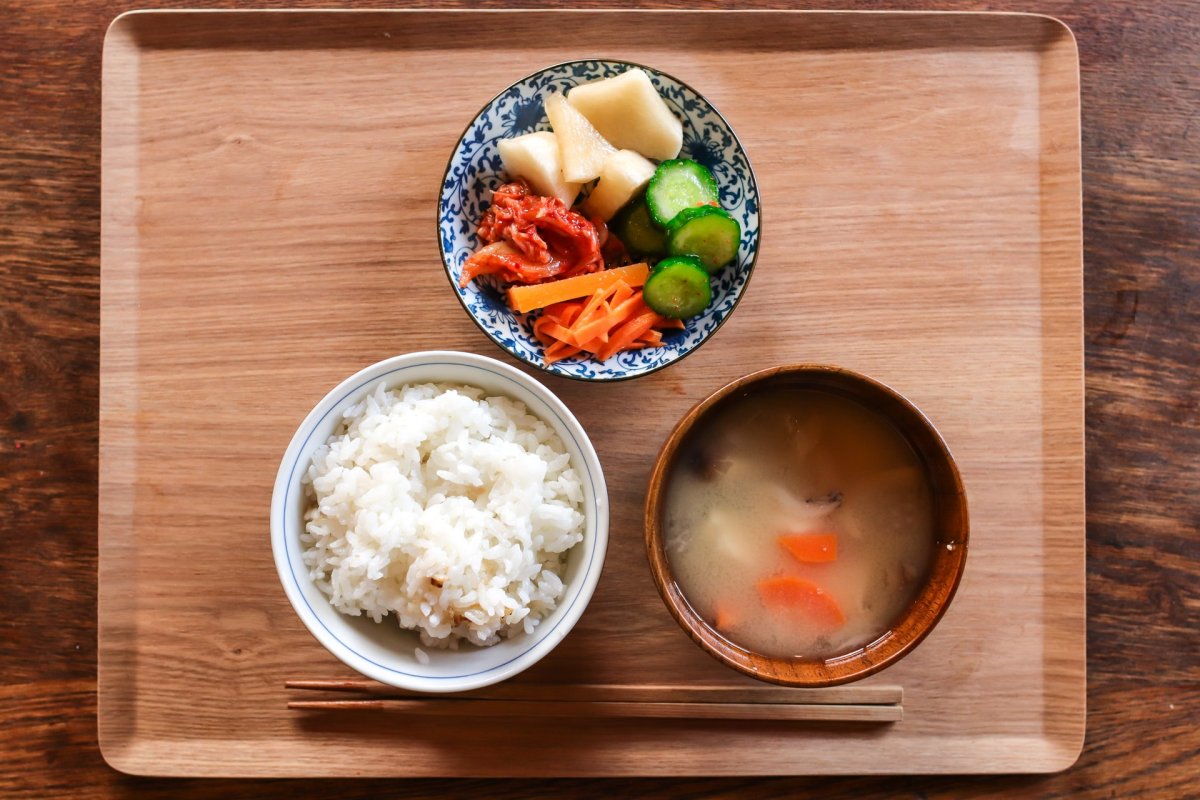
34. Japanese children cannot eat what they want in school
One of the most surprising things about Japanese schools is probably that there are rules about what students can eat and or not.
While homemade lunches are sometimes allowed, they have to comply with the school’s rules. And for children eating at school, meals are always very similar… and healthy.
35. In Japan, students are trained for everything… even eating
Japanese students can do everything. They can serve their classmates, clean up the tables and eat healthy food.
On top of this, schools train them to only eat healthy food, all the time, and to always finish their meals in the allowed time.
36. Japanese classrooms are not only for learning
If you live in a western country, you will probably have never experienced that: Japanese students eat in their classroom, alongside their teacher.
While this sounds very surprising, it is a great way of bonding: everyone arranges their desks and chairs to face each other, and eat with their teacher in the same place they study in.
37. Japanese students always stay with their classmates, but that is not a problem
While some people think that children eating with their classmates can be bad in terms of socialization, it is far from being the case.
In fact, because Japanese students eat in their classroom with everyone else, they can mingle with others quite easily and become a cohesive unit. They would probably never do that in a huge school cafeteria for instance.
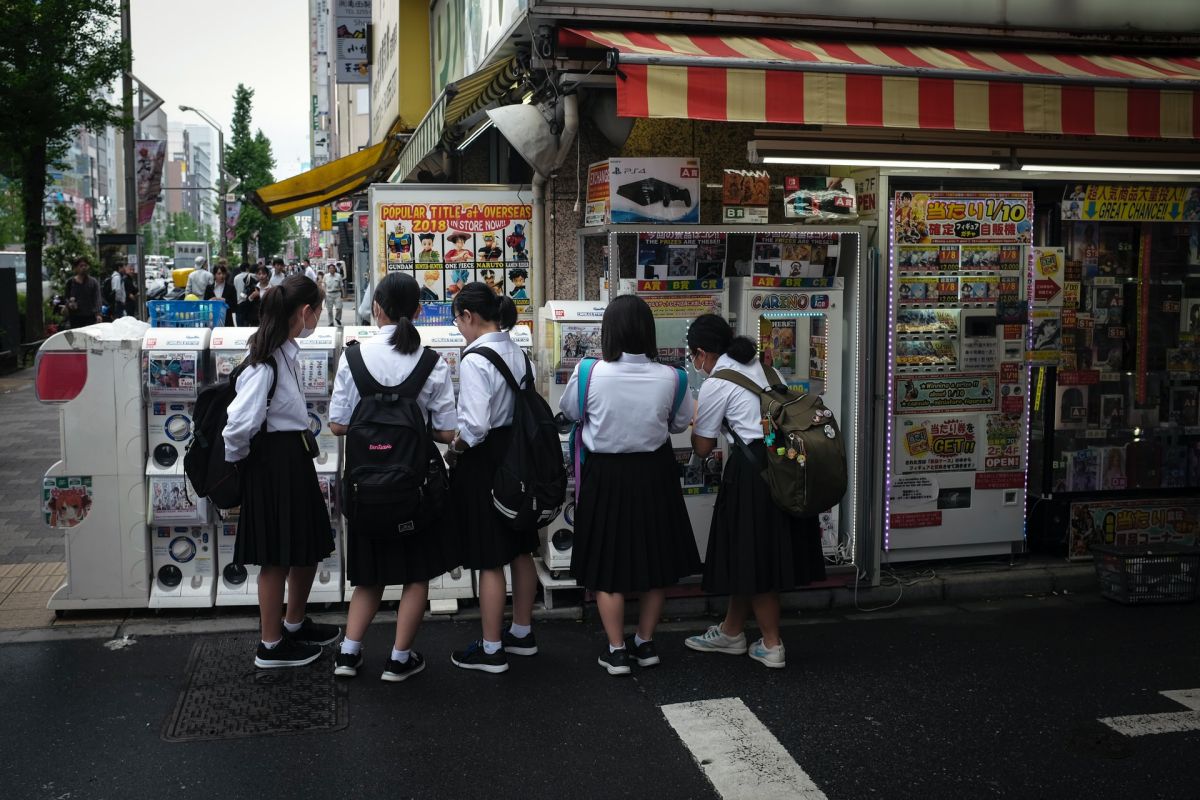
38. There is no way for a Japanese student to fail a grade
In lots of countries, the possibility of failing a grade is very scary and causes a lot of stress to many pupils.
In Japan however, students cannot fail a grade. Yes, even if they skipped the whole school year and failed all their tests!
39. Test scores still matter when it comes to entrance examinations
Even though Japanese students will pass their grade no matter what, they still need to perform really well in entrance examinations, to get to high school and university.
They still need to be assessed at some point, so they have no choice but to succeed if they want their dreams to come true.
40. Japan as a truly unique education system
As you have seen throughout all of these facts, the education system in Japan is nothing but unique.
Not only is it particularly efficient, but everything is also thought-through and students are very disciplined. As a whole, the society is very respectful towards other people and makes sure the future of the country will be as well.
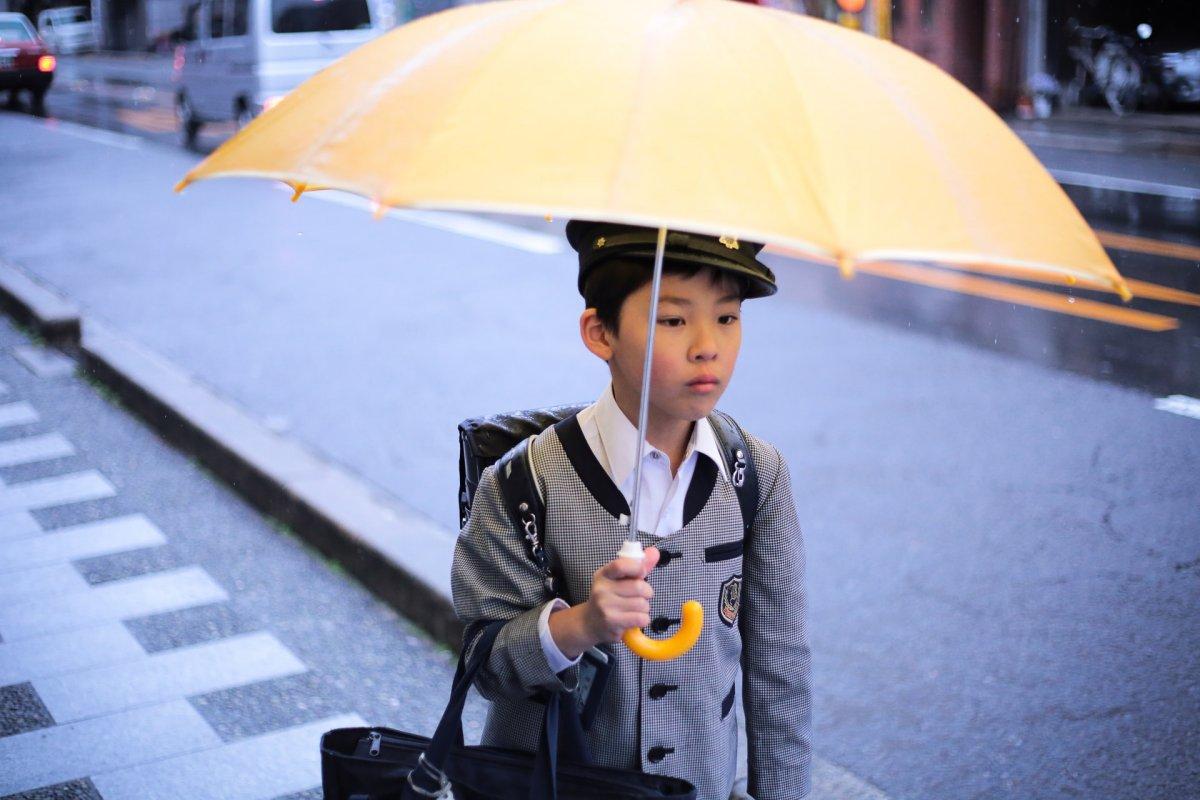
So there you have them, these were all my 40 interesting Japan school facts. I hope you enjoyed them and that you learned something new today.
In case you want to learn more about the rest of the country, feel free to keep reading, as I still have lots of things to tell you about:
Japanese School Hours
Let’s keep going with our next part, dedicated to Japanese school hours. The typical school schedule in one country can often be very different from your own, and it’s always interesting to have more details on how students go on about their day.
Japan Primary School Schedule
The typical Japanese school year runs from April to March of the following year. It is divided into three terms, all separated by holidays: from April to July, from September to December, and from January to March.
The school day usually starts at around 8:45 AM, before finishing at 3:15 PM. Finally, the school week runs from Monday to Friday.
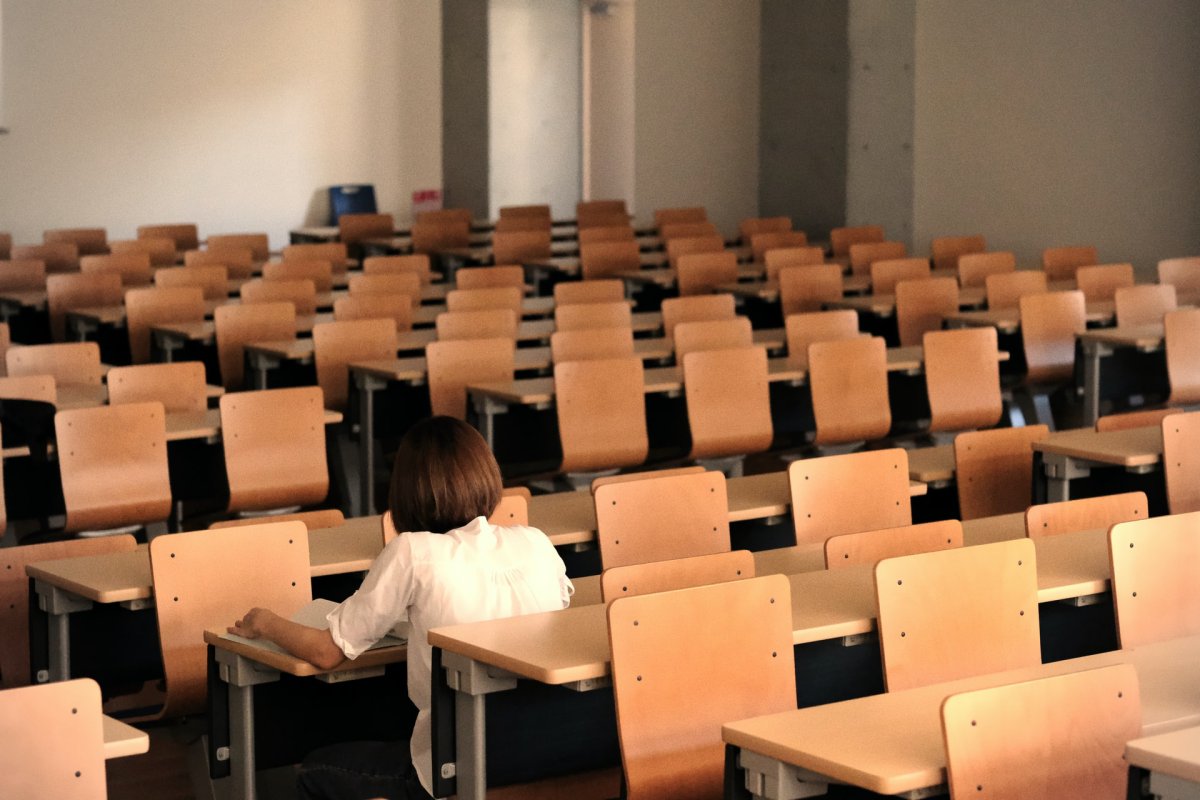
Japanese High School Schedule
When it comes to secondary education of Japan, students go through two cycles: junior high school or lower secondary school, and upper secondary school.
The first cycle lasts for 3 years, just like the second one. After that, students can choose to pursue academic or vocational studies.
General Facts About Schooling in Japan
This last part is dedicated to general facts about schooling in Japan. More specifically, we’ll check 2 key figures that will give you a better understanding of the Japan education level.
Enrollment in tertiary education for Japan: 63.36%
(Average for regions: Sub-Saharan Africa: 8.6% | South Asia: 20.8% | Arab States: 36.4% | East Asia: 36.5% | Latin America: 43.3% | Europe and Central Asia: 62% | North America: 84%)
Data from World Bank EdStats/UNESCO
Japan literacy rate: 99%
(Average for regions: Sub-Saharan Africa: 65.3% | South Asia: 72.9% | Arab States: 79.4% | Latin America: 93.7% | East Asia: 95.8% | Europe and Central Asia: 98.5%)
Data from World Bank EdStats/UNESCO
More Education Facts!
Do you want even more education facts about other countries?
Check out these facts:
Or click here to see ALL the education facts up on the blog!
The Full List of 40 Japanese School Facts
- Education has always been important in Japan
- The Japanese education system is similar to the western ones, but it is still unique
- There are no janitors in Japanese schools
- There is a dedicated cleaning time every day in Japan
- Japanese schools teach their children everything they need to live in society
- No one stops working during school vacations in Japan
- Japanese schools are clean for a good reason
- Japan is the land of harmony, especially in schools
- Every student has the same schoolbag in Japan
- Japanese students need to look similar, and always represent a unit
- There are club activities both before and after school in Japan
- Being part of a sports club in Japan is a lot of hard work
- Japanese sports club members are often very tired
- Despite how hard it is, clubs are vastly popular in Japan
- Japanese students sleep during their classes
- Every student is sleepy in Japan
- Almost no one drops out of high school in Japan
- Japanese schools are old-fashioned
- High-tech equipment is not always up-to-date in Japan
- Japanese classrooms often feel too hot… or too cold
- Japanese teaching materials are very traditional
- Japan is one of the best countries in the world for equality in education
- In Japan, teachers move a lot, especially at the beginning of their career
- The Japanese government barely spends anything on its education system
- Becoming a teacher in Japan is extremely difficult
- Teachers work very hard in Japan
- Japan focuses on problem-solving rather than simply learning
- Japanese teachers collaborate together very often
- Teachers also work to help their school outside of the classroom
- Almost every student in Japan graduates from high school
- The Japanese Constitution is taken very seriously in Japanese schools
- Japanese teachers do not send students out of the classroom
- Everyone eats the same meal in Japan
- Japanese children cannot eat what they want in school
- In Japan, students are trained for everything… even eating
- Japanese classrooms are not only for learning
- Japanese students always stay with their classmates, but that is not a problem
- There is no way for a Japanese student to fail a grade
- Test scores still matter when it comes to entrance examinations
- Japan has a truly unique education system
Share the knowledge! Click on the buttons below to share these Japanese school facts with your friends, and help them learn more about the world 🙂


